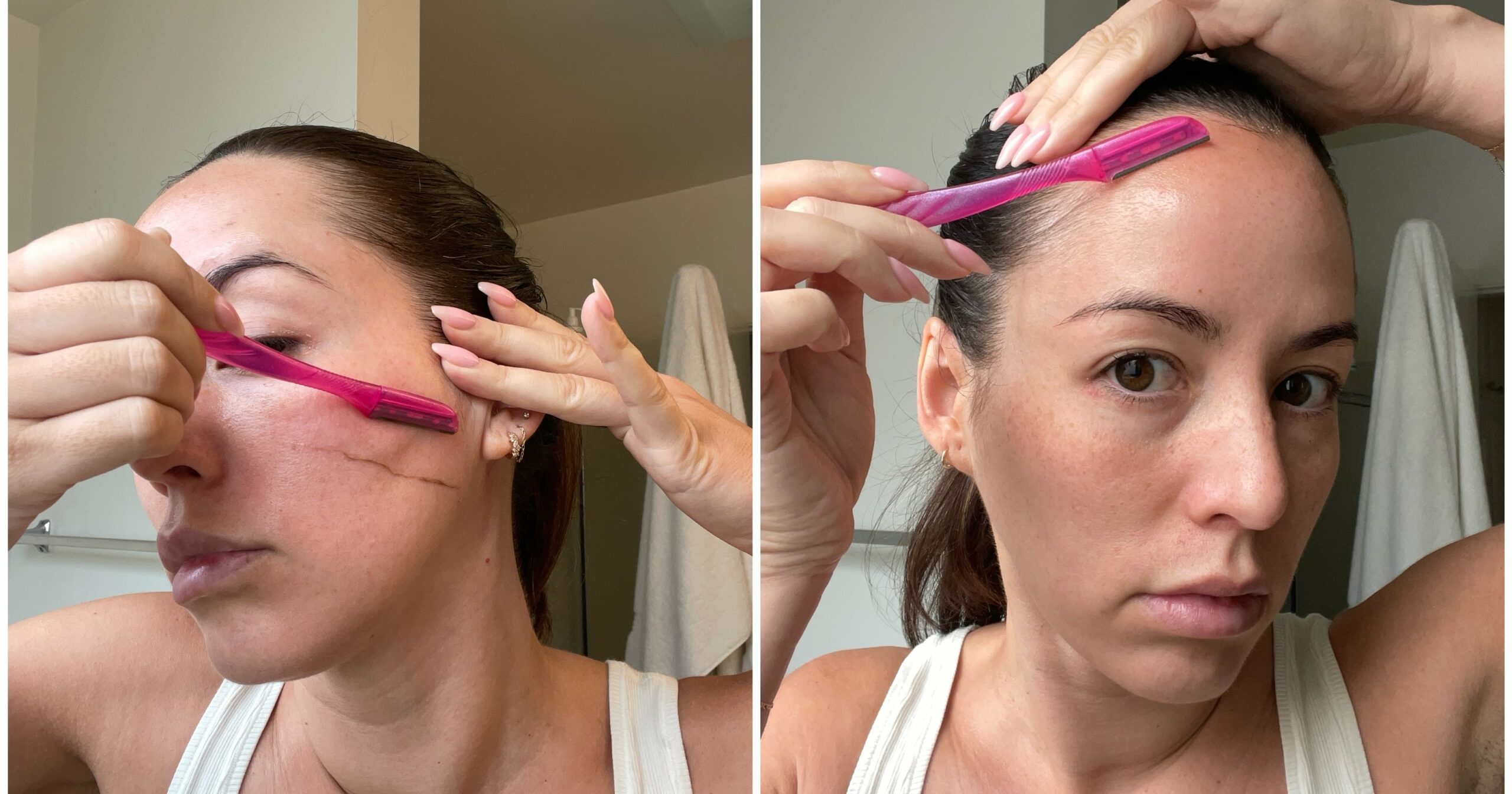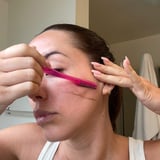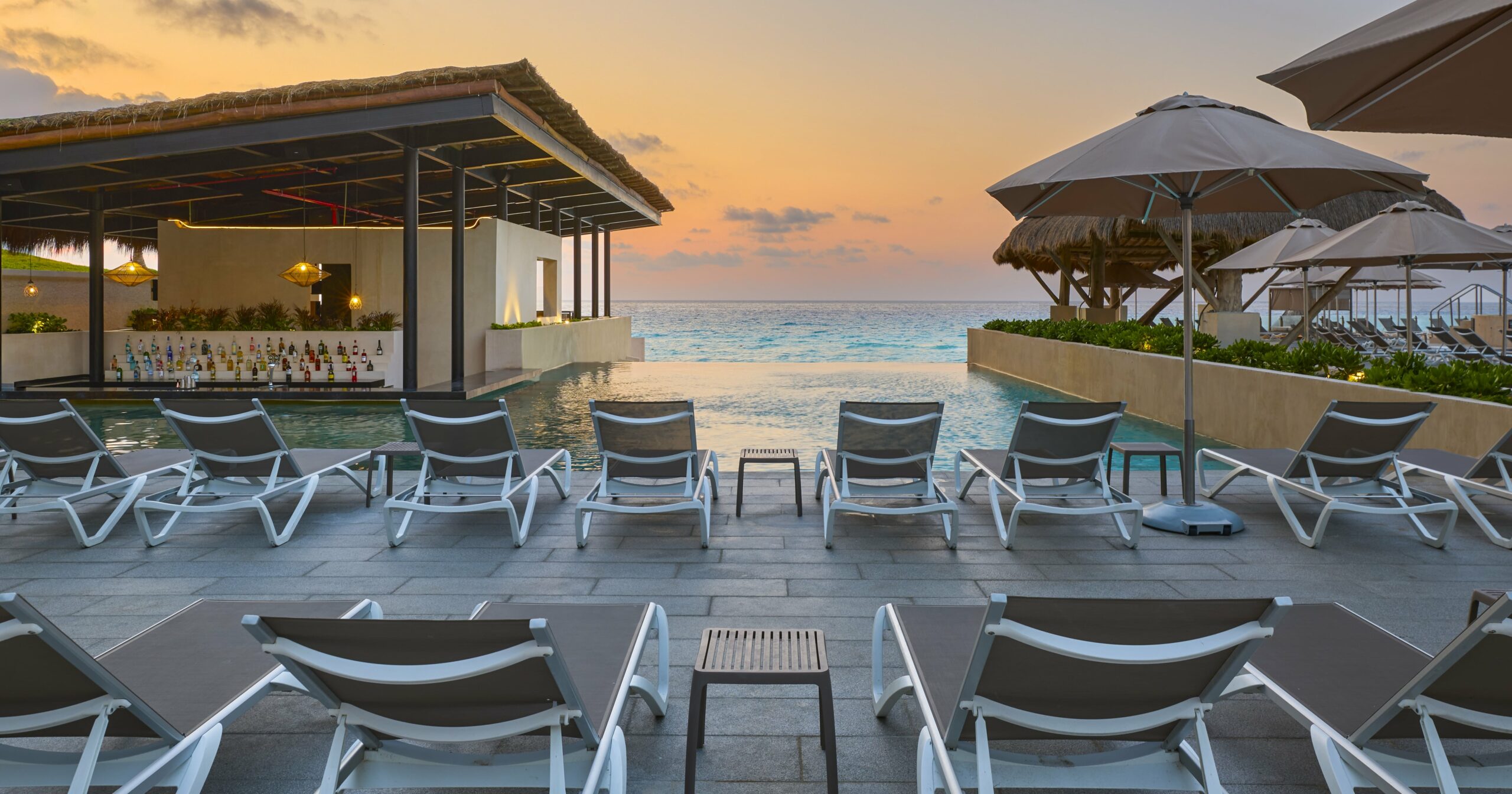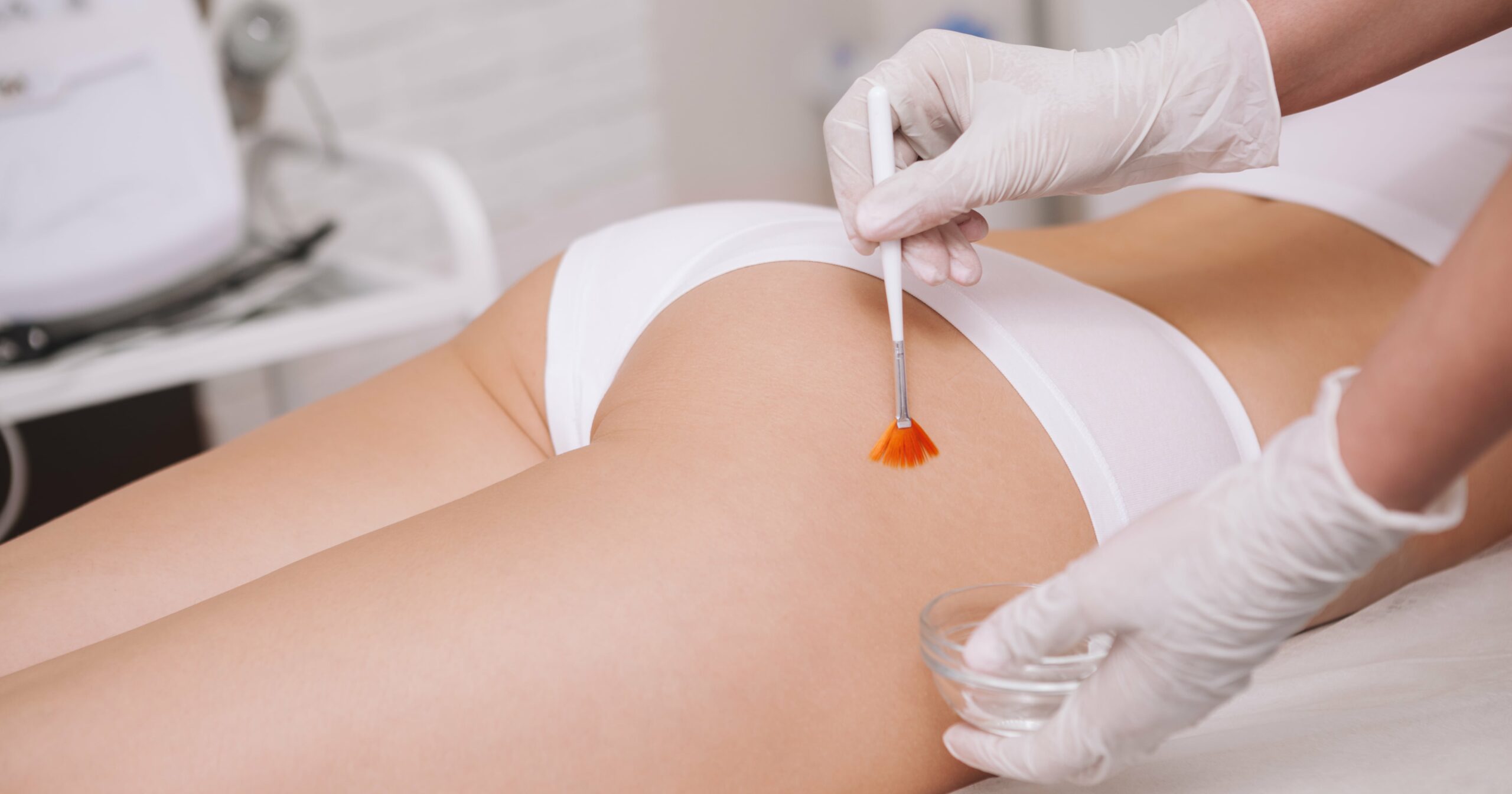We’re all gathered here today so I can make an official announcement: I’m obsessed with “oilplaning.” As someone with sensitive skin who still loves to exfoliate but can’t tolerate regular dermaplaning, oilplaning has been the answer to my skin’s prayers.
For the unfamiliar, dermaplaning is a form of physical exfoliation that works by gently shaving off the top layer of dead cells on the skin’s surface as well as any peach fuzz. People love it because it makes makeup application seamless and skin-care products absorb better. Oh, and it generally makes your skin feel like a newborn baby’s bottom. The only issue? It can be tough for people with sensitive skin to do consistently. That’s where oilplaning comes in.
What Is Oilplaning?
Oilplaning is similar, with one main difference. “It’s essentially the same dermaplaning process, just with the use of an oil,” esthetician Ashley White previously told POPSUGAR. “You tend to see oil used during the process more so if a client has dry skin, but it can also act almost like an occlusive and actually prevent transepidermal water loss post-treatment.”
I have dry, acne-prone skin, and the few times I tried dermaplaning, I was left with dry patches all around my nose and chin. I also experienced breakouts around my forehead, and even though my makeup and skin-care products looked 10 times better on my skin, the other issues outweighed that one pro, keeping me from adding it to my regular maintenance routine.
When I first heard about oilplaning, my interest was piqued, but I was still a little nervous. I wasn’t sure if adding in the oil would make me break out even more, but I decided to give it a try anyway. I opted to use The Feelist Most Wanted Facial Oil ($78) because it’s already a staple in my routine and I’ve never had issues with acne when using it.
How to Oilplane
I’ve been oilplaning for months now, and the process is simple. I start by applying a dime-size amount of oil into my hands and patting it on my face. From there, I begin shaving my forehead with a clean razor. I use the Schick Hydro Silk Touch-Up Exfoliating Dermaplaning Tool ($6 for three). I move in a downward motion and shave from my hairline to my eyebrows. The razor tends to collect a lot of dead skin and peach fuzz, so I typically wipe it off on a paper towel after every few swipes. Once I finish my forehead, I move to the right side of my face, starting at the corner of my eye and working down to my jawline. Then, I repeat the same steps on the other side.
I also like to get the peach fuzz around my jaw and neck, so I do that area last. When I’m finished, I double cleanse with the La Roche-Posay Toleriane Hydrating Gentle Cleanser ($17) to make sure I’ve gotten all of the oil off of my face – I find that this helps minimize breakouts. After the treatment, I like to let my skin breathe for a couple of hours if possible; then I follow with a moisturizer. (My current favorite is the Matter of Fact Maximalist Rich Moisturizer ($72) – you can read my full review here.) I try to avoid using makeup right after to ensure my pores don’t get clogged and then resume my routine as normal the following day.
Since switching to oilplaning, my world has been changed. I only do it once a month, but it makes a huge difference. My makeup goes on smoother, my skin-care products seem to absorb better, and my self-tanner never has any funky dry patches. I haven’t had any issues with flakiness around my nose or chin, and I’ve also been in the clear when it comes to pimples.




